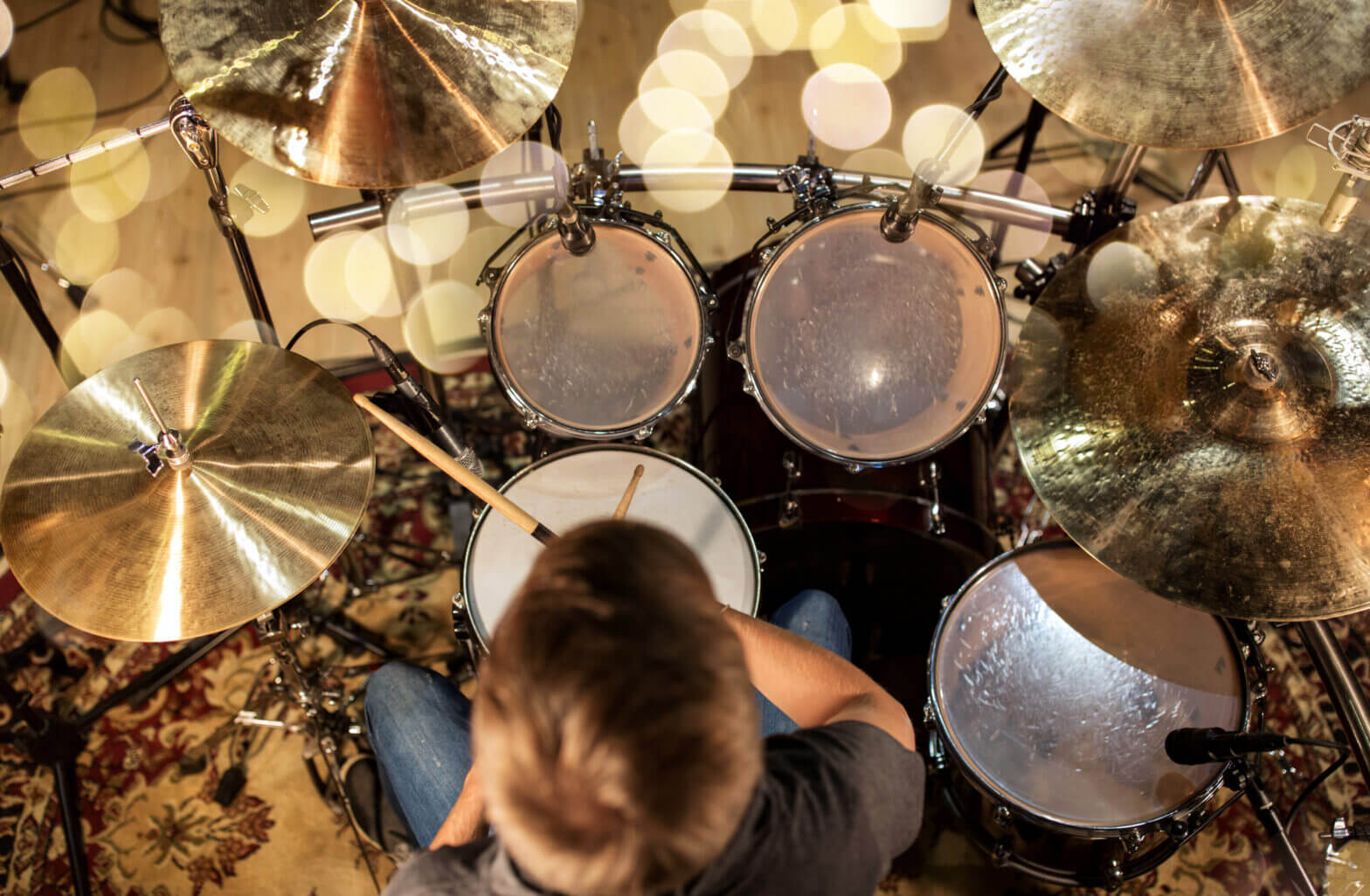
08 Nov
Bossa Nova – The New Thing
When I was a child the Bossa Nova was just another red key on the home organ. We didn’t have one in our house but it seemed that just about every second household did. The Practical encyclopedia Of Good Decorating and Home Improvement stated clearly that “It is required by all family rooms to contain either an organ or a guitar”. I don’t remember seeing so many guitars but the organs complete with push button rhythm backing found homes in the loungerooms of families from Maryland to Melbourne. It was perhaps one of the most absurd examples of Western cultural conformity that underpinned the 1970’s.
Brazilian music wasn’t exactly on everyones buy list in the mid 1950’s but by the end of the decade Bossa Nova drew the world’s attention to Rio de Jeneiro and all things Brazilian. The Bossa wave swept through the U.S and around the globe to become an international sensation. It’s popularity peaked by the mid 60’s but it left it’s mark on contemporary music. There was plenty of evidence of it’s influence on popular music in the mellow sounds of Burt Bacharach, Peter Allen, Michael Franks and Edie Gorme.
The Sound
Bossa Nova was generally more syncopated than it’s predecessor but the percussion was less pronounced and usually played very lightly. Bossa is a gentle style ideal for guitar and percussion but as the influence spread throughout America and the world and it found its way into a wider range of musical settings.
The relationship between Latin American music and music from the U.S dates back centuries. From it’s very early years jazz experienced the influence of Afro – Latin music and vice versa. Bossa Nova was no exception and it’s seductive jazz influenced stylistic quality took off internationally when Antonio Carlos Jobim and Jaoa Gilberto introduced it to the wider world. Jobims compositions are still included regularly in jazz repertoire and the bossa nova feel is generally thought of as a staple element within the wider repertoire of contemporary jazz. Many bossas have made their way into the Real Book’s various incarnations and musicians continue to compose in this style.
American Jazz stars Stan Getz and Charlie Byrd immersed themselves in this new music and both had a significant influence on the merging of Jazz and Bossa Nova in the 1960s by collaborating with Brazilian musicians and composers. Luis Bonfa the composer of the music for the film Black Orpheus was also a major force in the proliferation of the new style as was the Brazilian pianist Joao Donato.
For the drumkit, Bossa Nova can be approached in a variety of ways with various stick and brush techniques but the emphasis is on subtlety and a sense of interaction. As with all Afro Latin drumming the drums are replicating the sound of various percussion instruments is there is no extra percussion. If there are other percussionists in the group then the drums should respond accordingly and play less.
Unlike most Afro – latin music the Bossa is usually felt in 4, not 2, regardless of the tempo.
Here’s a short list of my Favourite Bossa’s
1. The Girl from Ipanema
2. Corcovado
3. Blue Bossa
4. Desifinado
5. Black Orpheus

